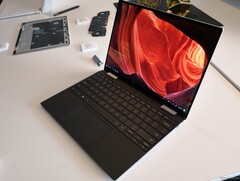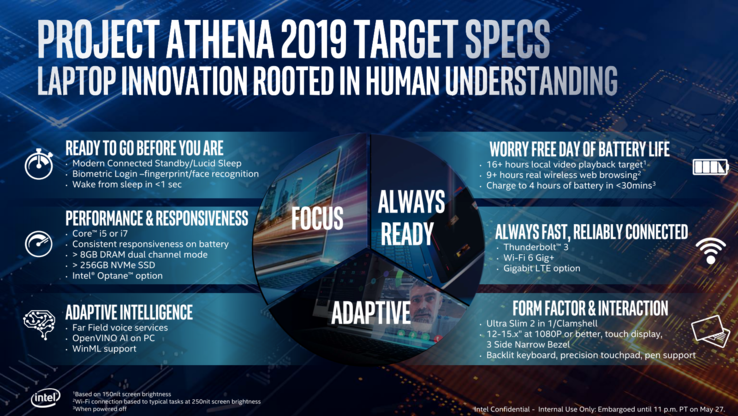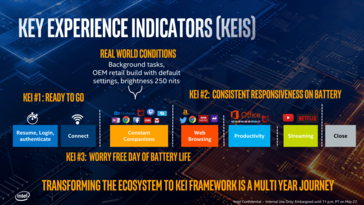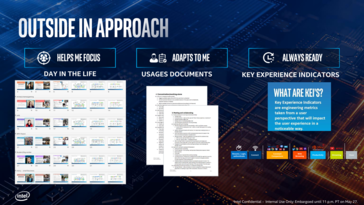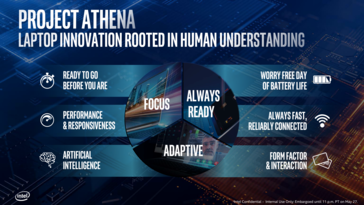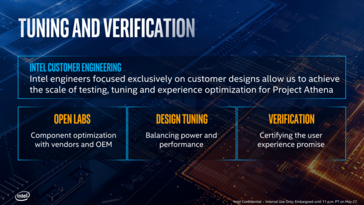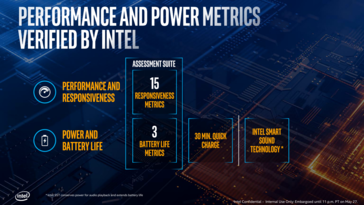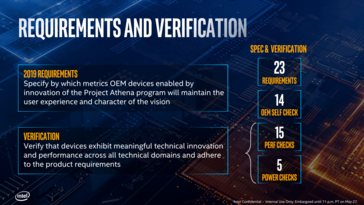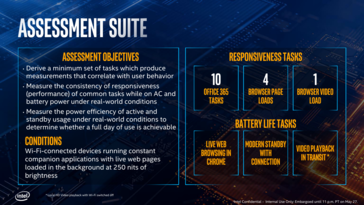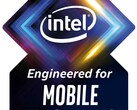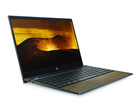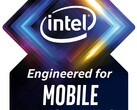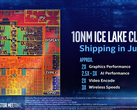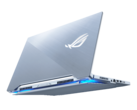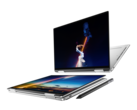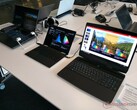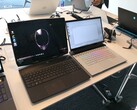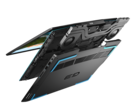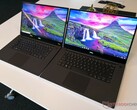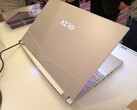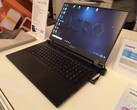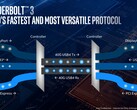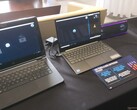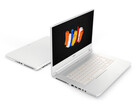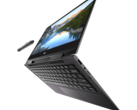When Intel introduced the concept of an Ultrabook 8 years ago, the chipmaker had a set of guidelines for OEMs to follow in order to be considered and marketed as an Ultrabook. Aspects like thickness, battery life, and wake-from-sleep time all had minimum requirements. Fast-forward to 2019 and the term "Ultrabook" has become synonymous with many ultra-thin mainstream to flagship laptops.
For 2019 and beyond, Intel wants to re-imagine and redefine a new generation of Ultrabooks with yet another set of even stricter guidelines for OEMs to follow. These "Athena Certified" Ultrabooks will promise better portability, battery life, and features than a typical non-Athena Ultrabook. Thus, Athena Ultrabooks can be thought of as "Super Ultrabooks" or "Ultrabook Plus" for this reason.
So, what are the minimum requirements to be Athena certified?
According to Intel, a laptop must meet these key target specifications to be Athena certified including several more:
- 12-inch to 15.6-inch touchscreen at 1080p or greater
- Narrow bezel design, ultra-slim clamshell or 2-in-1 with backlit keyboard
- Core i5 or i7 CPU
- 8 GB of RAM or more in Dual-Channel mode
- 256 GB NVMe SSD or more with optional Optane
- 9 hours or more of real-world web browsing
- Under one second wake-from-sleep
- Thunderbolt 3 and Wi-Fi 6 connectivity with optional LTE
The goal of these guidelines is to help the end-user focus on their work without needing to worry about the minutiae of the laptop hardware. For example, features like instant resume, long battery life, fast and secure login, instant re-connection, and consistent performance on battery all work together in making the user "forget" about the laptop so they can continue working or playing uninterrupted.
Intel plans to append the minimum requirements every year or so as hardware and software continue to mature.
How will Intel determine if a laptop can be Athena certified?
OEMs can submit laptop models to Intel who will have a dedicated team of engineers testing and verifying everything from battery life, wireless, resume times, performance, and more according to the guidelines mentioned above. These same engineers can also recommend certain component providers who may have more power-efficient or higher quality chips that would be better equipped to meet the minimum thickness or battery life requirements. OEMs can then tune their laptops as needed.
Speaking of battery life, Intel's claim of 9 hours or more of "real-world browser use" will mean having several popular "companion applications" running simultaneously at 250-nit brightness to represent real-world conditions. These applications include Facebook, Chrome, Dropbox, Gmail, Twitter, and more. Intel wants to avoid using the Mobilemark benchmark which it claims to be unrepresentative of the expectations of the modern mobile user. We suspect that Intel's new battery life standard will be one of the more challenging Athena requirements for OEMs to meet as many still rely on Mobilemark for their own internal battery life tests.
What about laptops with discrete graphics?
The strict battery life and size requirements mean first-generation Athena laptops will be unlikely to have discrete Nvidia graphics. The new XPS 15 7590, for example, would have a tough time being Athena certified with its Core i9 CPU and GeForce GTX 1650 graphics. Nonetheless, we expect at least some models will have integrated Intel Iris options that should be good enough for casual undemanding titles like Fortnite, Rocket League, or CS:GO.
Intel says its Athena laptops will not target core gamers for the time being.
What are the limitations of an Athena laptop?
Project Athena is Intel's attempt at pushing higher standards onto OEMs for them to create sleeker and more feature-rich Ultrabooks for consumers constantly on-the-go. If you purchase an "Athena certified" laptop in the near future, then you will be guaranteed all the features mentioned above.
At the same time, however, Athena laptops will not be for everyone. The initial Athena certification will likely preclude Core H-series laptops that power users and video editors rely on or even super lightweight netbooks powered by passively-cooled CPUs. An Athena laptop will therefore not be inherently better than a laptop that doesn't meet the Athena requirements. The project targets a very specific set of users who may not need or be willing to pay for such advanced features in the first place.
When will Athena laptops come to market?
The first dozen or so SKUs will be available By Christmas 2019. Ice Lake systems like the upcoming XPS 13 2-in-1 7390, for example, are likely to be Athena certified. We fully expect high-end systems like the HP Spectre 13 series or the Lenovo Yoga S940 to be Athena certified when they will be inevitably refreshed for the 2019 or 2020 calendar year.
Intel says we will see even more Athena options in 2020 when OEMs will have become more familiar with the Athena guidelines and goals. Based on the high specifications alone, however, a $1000 or higher price point will be a likely scenario for many of these flagship systems.
Source(s)
Intel




